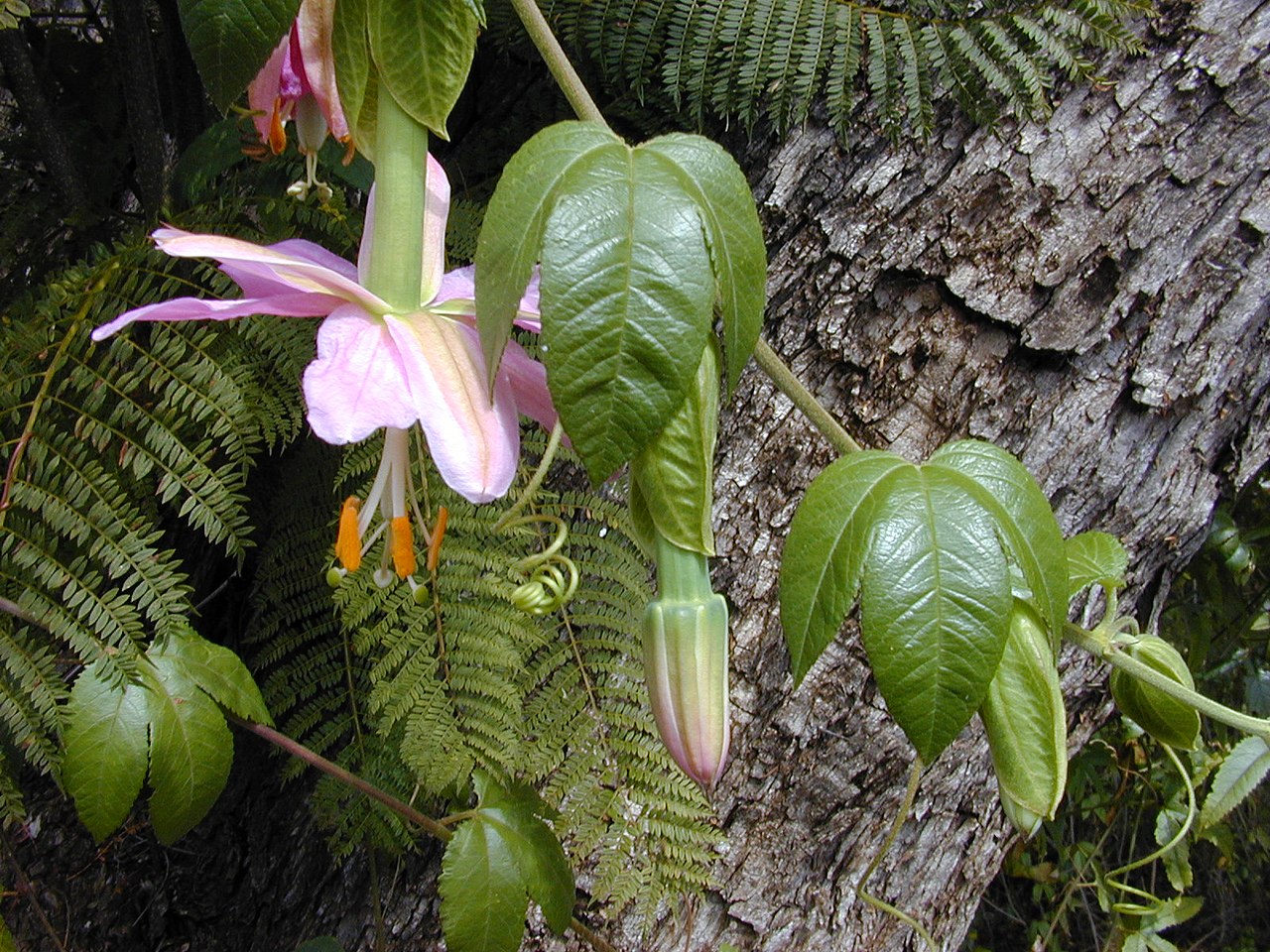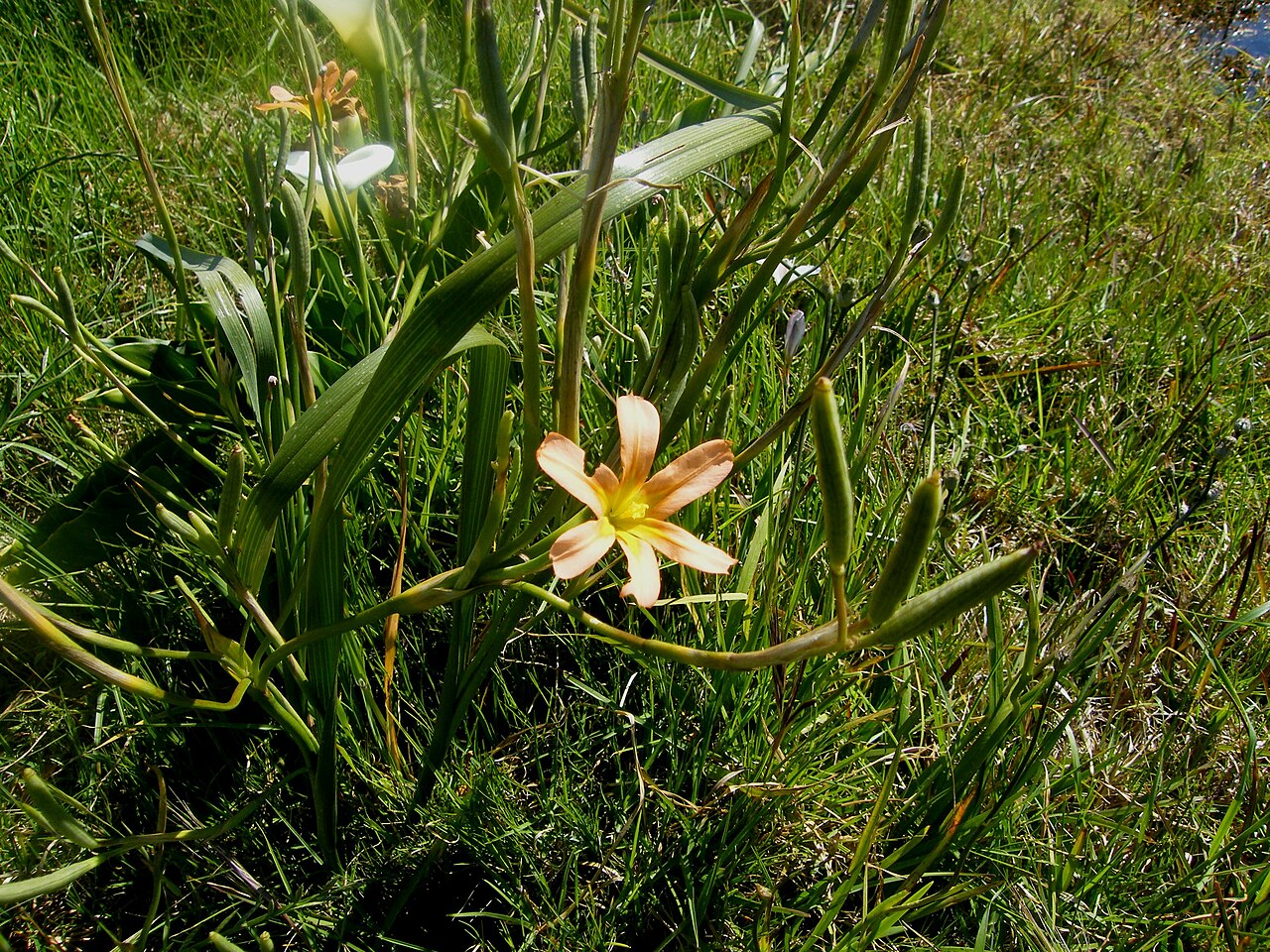
Common Name
African Lovegrass, Lovegrass, Curly Lovegrass, Weeping Lovegrass, and Boer Lovegrass
Scientific Name
Eragrostis curvula
Family
Poaceae
Lifecycle
Perennial
Seasons of Growth
Year-round
Key Distinguishing Feature
Tufted grass with fine leaves, often forming dense stands
African Lovegrass is a significant concern in regions where it has become invasive, and its management requires ongoing efforts to mitigate its impact on both natural ecosystems and agricultural lands. Local authorities and agricultural extension services often provide guidance on the best control practices for this invasive grass.
-
Growth Form: African Lovegrass is a tufted grass that can grow up to one meter in height.
-
Leaves: The leaves are narrow, linear, and typically green, but they can turn reddish-brown as they age. They often have a slightly wavy or curly appearance, which is a distinctive feature.
-
Seedheads: The seedheads are open, airy, and often nodding. They contain small, grain-like seeds.
-
Habitat: It is commonly found in pastures, grasslands, roadsides, and disturbed areas.
Ecological Impact:
-
African Lovegrass is considered an invasive species in many regions, particularly in Australia. It can outcompete native grasses and disrupt natural ecosystems.
-
Its dense growth can reduce biodiversity and impact livestock grazing areas.
Control Methods:
-
Control of African Lovegrass typically involves a combination of management strategies, as it can be challenging to eradicate once established.
-
Mechanical control methods, such as mowing, slashing, or grazing with livestock, can help manage its growth.
-
Herbicides may be used for control, but care must be taken to use them safely and effectively, following local regulations.
-
Promoting the growth of native grasses and plants through reseeding and land management practices can help reduce the dominance of African Lovegrass over time.
Key Products for Control:
-
Indigo Rapid Fire 800 - Glyphosate (present as acid and ammonium salt)
-
Indigo Onset Pre-Emergent Herbicide - Prodiamine




